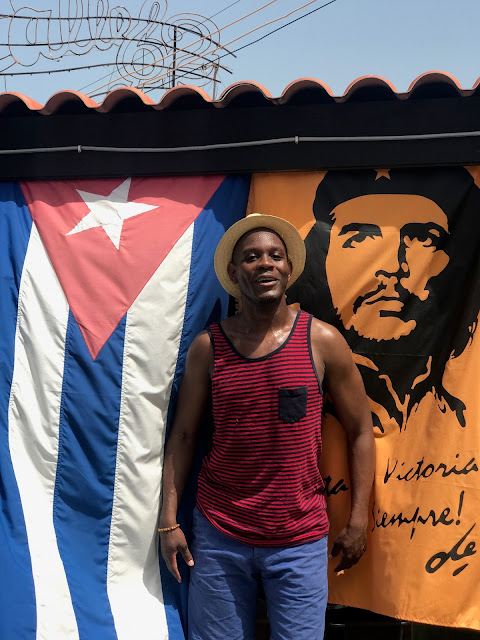For many Americans, traveling to Cuba might seem like a far-fetched adventure. The process can be confusing and can discourage many people from deciding to head to Cuba. I’ll start off by saying that most Americans can legally go to Cuba! Except for tourism, there are a number of categories for authorized travel to Cuba including:
- Educational activities in Cuba for schools, including people-to-people exchanges
- Professional research and professional meetings in Cuba
- Public performances, clinics, workshops, athletic and other competitions, and exhibitions in Cuba
- Religious activities
- Humanitarian projects
- Journalistic activities
- Family visits to close relatives
- Activities in Cuba by private foundations, or research or educational institutes
- Support for the Cuban people
- Exportation, importation, or transmission of information technologies or materials
- Certain authorized export transactions including agricultural and medical products, and tools, equipment and construction supplies for private use
- Official business of the US government, foreign governments, and certain intergovernmental organizations
 |
| Singing on the Malecon |
Even though tourism is not one of the permitted reasons for travel to the Caribbean Island, there are many other reasons you can state for your visit to Cuba. If you are a student, you can claim education, medical, etc. However, the most common reason cited is people-to-people exchange, which is within the educational category. Using this category can imply many things, which is probably why it is often cited. The fact is, when you are interacting with the Cuban people, wherever you go, you are learning from them and they from you. Essentially, my conversations with the Cubans—from chats with the taxi drivers to conversations with fellow diners at local restaurants, to singing on the Malecon—were all, technically, people-to-people exchange. Additionally, when I salsaed with the Cubans on the street and chat with a group of locals by the river – all of that is regarded as people-to-people exchange. And when I donated some of my belongings to Tito, one could perhaps consider the gesture as charity support for the Cuban people. You will do the same as a young traveler, well I hope you will because that’s what makes traveling fun, so let that be your reason.
Also, if you have dual citizenship ,count yourself blessed. I am Vincentian-American. I knew that entry into Cuba is visa-free (or on entry) for St. Vincent and the Grenadines citizens, so I had the opportunity to use my Vincentian passport. But it’s important to check the relations your country has with Cuba if you wish to explore this option. However, if you are not a dual citizen and only have an American passport you simply need to purchase the visa from the airline and state your reason(s) for going to Cuba, and you can consider people-to-people exchange as the reason. Note that you must purchase medical insurance to enter Cuba; this charge will likely be included in your plane ticket.
Upon your entry into Cuba, they do not question you about your reason(s) for visiting. In fact, they did not even ask me where I was going to stay, which is a common question I get when entering countries like the U.K., France, etc. The Cubans are very welcoming and really love Americans and want to interact with us – and this is primarily why you will definitely fit into one of the categories above, especially if you are a traveler.
 |
| Viva Cuba |
So, stop overthinking how you can get to Cuba because it is easier than you think. Purchase your plane ticket(make sure medical insurance is included) and, if you are American, elect to purchase a visa when selecting your ticket option. Consider choosing people-to-people exchange, if none of the other categories apply to you. Plan out your trip properly, because if you will be doing a 5-day trip like I did, you will not want to waste any second!!
Stay tuned for the other articles we will post on our Cuba experience!
¡Hasta pronto!